Cosmetic Marketing Claims: How to Stay Compliant Without Losing Impact
Ever since I started my own company, I’ve never dreaded Mondays again! And I wish the exact same for you too! But that can’t happen if your products are not compliant with your country’s cosmetic regulation!
So let’s dive in and stir up some magic in the lab with today’s hot topic all about knowing which marketing claims you can make to stay compliant!
Let’s get real, most indie beauty brands aren’t intentionally breaking the rules. But if your marketing includes phrases like “heals eczema”, “treats acne”, or “kills 99.9% of bacteria”, you may be making unauthorised medicinal or therapeutic claims, even if your product genuinely helps with those issues.
Here’s the catch: truth isn’t always a legal defence. If you’re marketing cosmetic products in the EU, US, Canada, Australia, etc. your language needs to reflect the legal definition of what a cosmetic is and what it’s not.
In this blog post, we’re breaking down what makes a claim cosmetic versus medicinal, which phrases put you at risk, how to communicate benefits without crossing legal boundaries, and where to get help crafting smart, compliant wording.
What Counts as a Cosmetic Claim?
Across the EU, US, Canada, Australia and many more countries, cosmetics are defined by what they are intended to do. A cosmetic product is designed to cleanse, perfume, protect, or keep the skin in good condition. It must work externally, not systemically, and cannot claim to treat or cure any medical condition.
The moment your product is marketed as altering the body’s function, offering therapeutic effects, or treating a diagnosed condition, it may be regulated as a drug, natural health product (in Canada), or medicinal product, depending on the region. That’s a costly and complicated road to go down.
Why “But It’s True” Isn’t a Legal Defence
You might have clinical studies, glowing testimonials, or brilliant before-and-afters. But the moment you claim to “heal rosacea” or “treat eczema”, you’re operating outside the cosmetic category. In the EU, even implied medicinal claims are not allowed. And in the US and Canada, making such claims without drug or NHP approval can result in warning letters or forced recalls.
Common Phrases That Trigger Regulatory Red Flags
There are some words and phrases that routinely land brands in hot water. These include:
- “Heals eczema”
- “Treats acne”
- “Stimulates hair growth”
- “Cures psoriasis”
- “Kills bacteria”
Even well-meaning indie brands fall into this trap, especially when trying to express their product’s benefits powerfully. But there’s a better way.
Some ingredients naturally walk the line between cosmetic and drug territory. Ingredients like salicylic acid, zinc oxide, and tea tree oil are known for their therapeutic properties. Using them doesn’t automatically make your product a drug, but how you talk about them does. If you say “tea tree oil kills acne bacteria”, you’re stepping into drug claim territory. But if you say “formulated with tea tree oil to clarify skin”, you’re leaning into appearance-based language.
Environmental and Ethical Claims: Avoiding Greenwashing
While medicinal claims grab headlines, environmental and ethical claims can also trip up indie brands. Phrases like “100% natural” or “eco-friendly” sound appealing but invite scrutiny if not backed by evidence. Under EU Regulation 655/2013, green cosmetic claims must be substantiated. For example, claiming “biodegradable” requires degradation tests per ISO 14855, while “100% natural” demands fully plant-derived ingredients, verified by supplier Certificates of Analysis. Vague terms risk greenwashing accusations, especially in the EU, where authorities prioritise transparency.
Cruelty-free labelling is not accepted in the EU because animal testing is already banned. In other countries, claiming that your product is ‘not tested on animals’ needs to be reflected throughout your entire supply chain, ideally certified by an appropriate certification body such as the Leaping Bunny. Safer alternatives like “plant-based ingredients” resonate with eco-conscious consumers without the need to pay extra for certifications!
By crafting honest, evidence-based environmental claims, you’ll attract loyal customers and stand out in a crowded market, all while staying compliant.
How to Talk About Benefits Safely: Writing Compliant Cosmetic Marketing Claims
You don’t have to sacrifice impact to stay compliant. With a little creativity, you can express benefits clearly and legally. Instead of “treats eczema”, try “soothes dry, irritated skin.” Instead of “stimulates hair growth”, say “supports a healthy-looking scalp”.
These alternatives keep the focus on appearance and skin condition, and not medical outcomes. They’re also more emotionally resonant and brand-aligned.
A growing issue in 2025 is influencers making unapproved therapeutic claims in their content. Regulators have started scrutinising what is said about a product just as much as what’s said on the packaging. If you’re gifting products, ensure creators follow brand guidelines and don’t misrepresent what the product legally does.
Country-Specific Rules to Know
EU & UK brands must follow Regulation (EC) No 1223/2009 and the Common Criteria for Cosmetic Claims (Regulation 655/2013). Claims must be truthful, substantiated, and not misleading. Even after Brexit, these regulations apply on both sides of the Channel.
Selling across the EU, also means navigating multilingual markets, where cosmetic labelling compliance requires careful translation. Under Regulation 1223/2009, Article 19, labels need to appear in the national language(s) of the country it is being sold in. So, when translating “soothes skin” to French “apaise la peau”, you still need to make sure the translated version avoids medicinal implications, as mistranslations are still the responsibility if the brand. By mastering EU label translation, you’ll expand your market reach while staying compliant. Letting your brand shine across borders with confidence and precision.
US brands are regulated by the FDA. If your product implies altering the skin’s structure or function, you may be in drug territory. The MoCRA update (2023) also adds new labelling and testing requirements so be sure to check this new update.
Canadian brands must comply with Health Canada’s Cosmetic Hotlist. Any product claiming to prevent, treat, or cure a condition may be classified as a Natural Health Product or a medicinal product and both enter a different compliance path.
Australian brands fall under the oversight of both AICIS and the Therapeutic Goods Administration (TGA). If a product claims to treat or prevent disease, or to kill bacteria (e.g. “kills 99.9% of germs”), it must be registered as a therapeutic good under the TGA, not as a cosmetic. Otherwise, claims must remain cosmetic in nature, such as “cleanses skin” or “removes surface impurities”.
Non-compliance with cosmetic claim regulations can derail your brand faster than you think, as it can trigger cosmetic non-compliance penalties, product seizures, or market bans enforced by authorities.
How to Check If Your Claim Is Safe
Before hitting publish, run your marketing copy through this checklist:
- Does the claim describe a visible condition or effect, not a cure?
- Could it be interpreted as a drug or NHP claim?
- Is the message consistent across all platforms?
- Do you have documentation to support it?
- Would this pass a regulator’s audit?
- Are your claims in accordance with what the ingredients do according to ingredient suppliers?
- Are you being truthful, honest, not misleading, transparent?
- Does it focus solely on appearance or odour based changes to the skin or hair?
If the answer to any of these is “no,” it’s time to reword.
Be careful not to rely solely on ingredient-level data. Just because a raw material has published studies doesn’t mean your finished product has the same effect. EU regulation specifically requires substantiation at the product level when you make claims like “reduces wrinkles in 14 days” or “hydrates for 24 hours”. Ingredient claims must be backed up by the concentration used and context of the final formula.
Social Media and Influencer Claims: Staying Compliant Online
In 2025, social media is a powerhouse for beauty brands, but it’s also a minefield for cosmetic social media claims. Whether you’re posting on Instagram or partnering with influencers on TikTok, every word counts. A single reel claiming your serum “cures acne” could spark regulatory action, even if posted by a third party. To ensure influencer marketing compliance, provide influencers with approved claim lists and swap “heals rosacea” for “soothes redness”, for example, to stay within cosmetic boundaries. Include disclaimers in posts, such as “Results may vary; not a medical treatment,” to clarify intent.
What Counts as Claim Substantiation?
In the EU especially (but really any brand should protect itself and be honest with their customers), cosmetic claims must be backed by evidence. This may include:
- Published studies on active ingredients (used at effective levels)
- In vivo or in vitro testing
- Consumer perception trials
- Expert assessments or dermatologist reviews
- Final product testing, especially for time-based or measurable claims like “hydrates for 24 hours”
Another pitfall is confusing ingredient substantiation with final product substantiation. Just because an active has proven benefits doesn’t mean the finished product does, especially if the percentage is too low or the formula is destabilising the ingredient.
If you are considering a certain claim such as ‘reduces wrinkles’, ‘dermatologically tested’, etc., you may need an ‘in-vivo’ test. These tests can be costly and not in the budget of a startup brand. If that is your case, you can start by record feedback from a group of your friends and family (with similar skin or hair type as your target audience) and keep the report in your PIF until such a time that you can hire a proper lab to conduct these tests. You could not claim ‘dermatologically tested’ with this test, to be clear. But it can help support other claims that you may want to make about your product.
How to Be Compliant AND Compelling
Being compliant doesn’t mean you have to be boring. You can still say:
- “Loved by sensitive skin”
- “Hydration that lasts. Glow that shows.”
- “Formulated with plant extracts used for centuries to calm and comfort”
It’s about creative honesty. The language should reflect benefits users can see and feel without implying medical action.
I know I am repeating myself but if you’re working with influencers, make sure they’re using compliant language too. Regulators don’t care if it’s “just a TikTok review”. If the influencer is acting as a brand ambassador and makes drug-like claims, the brand can be held responsible. Always give your partners a compliant claim sheet and key talking points.
Before saying goobye, let me leave you with my final thoughts!
You can be compliant, clear, and captivating all at once. But crossing the line, even by accident, can cost you time, money, and trust.
Marketing is about making your brand shine. Compliance is about protecting that shine long-term.
Here’s to formulas that work and brands that thrive!
From My Lab to Yours!
Rose

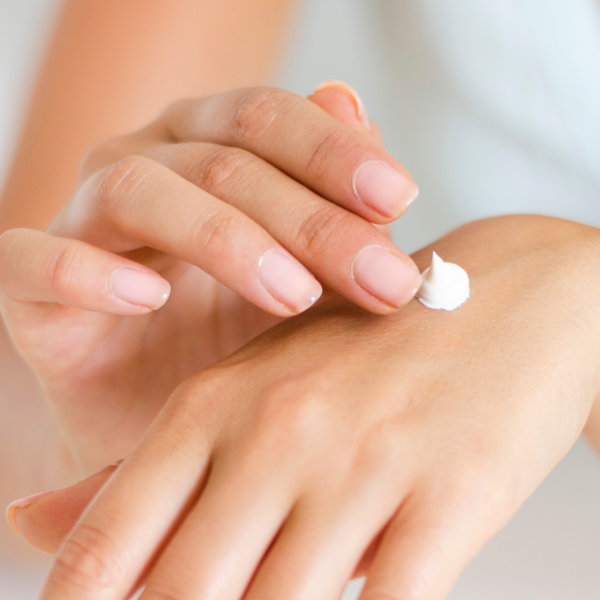
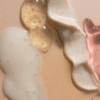
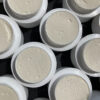

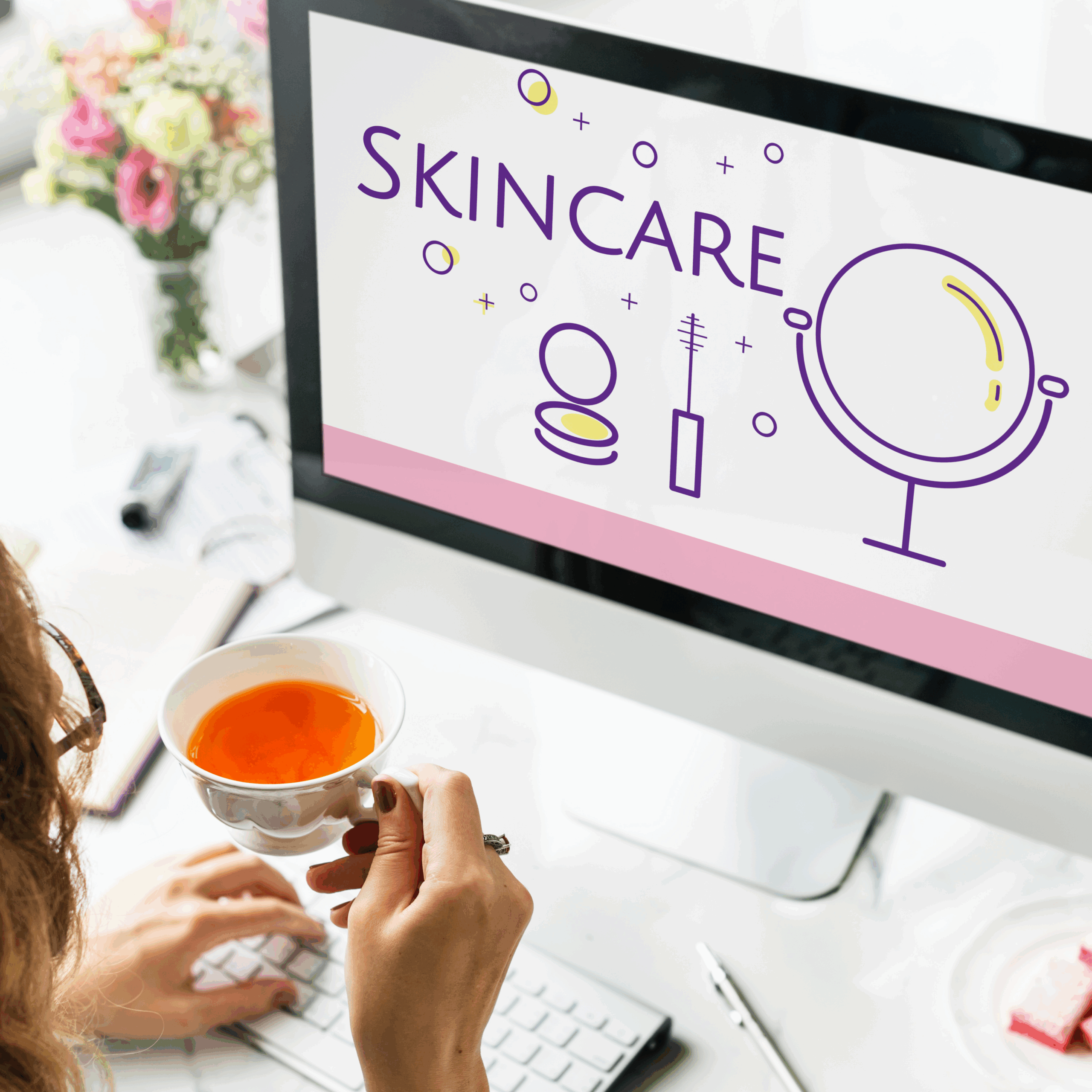
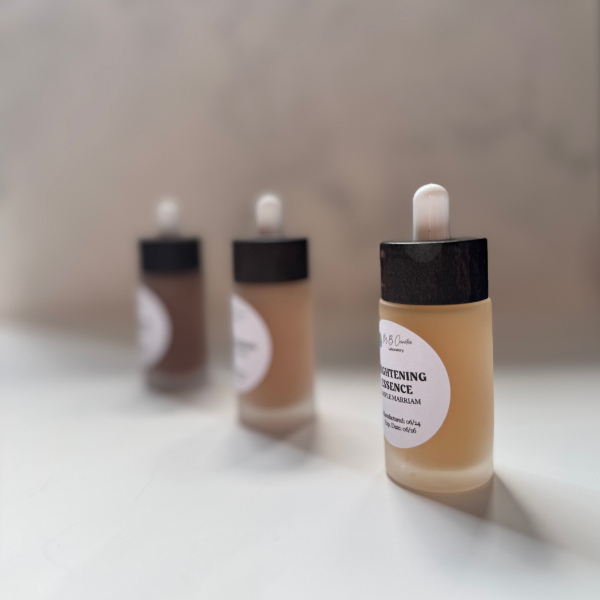
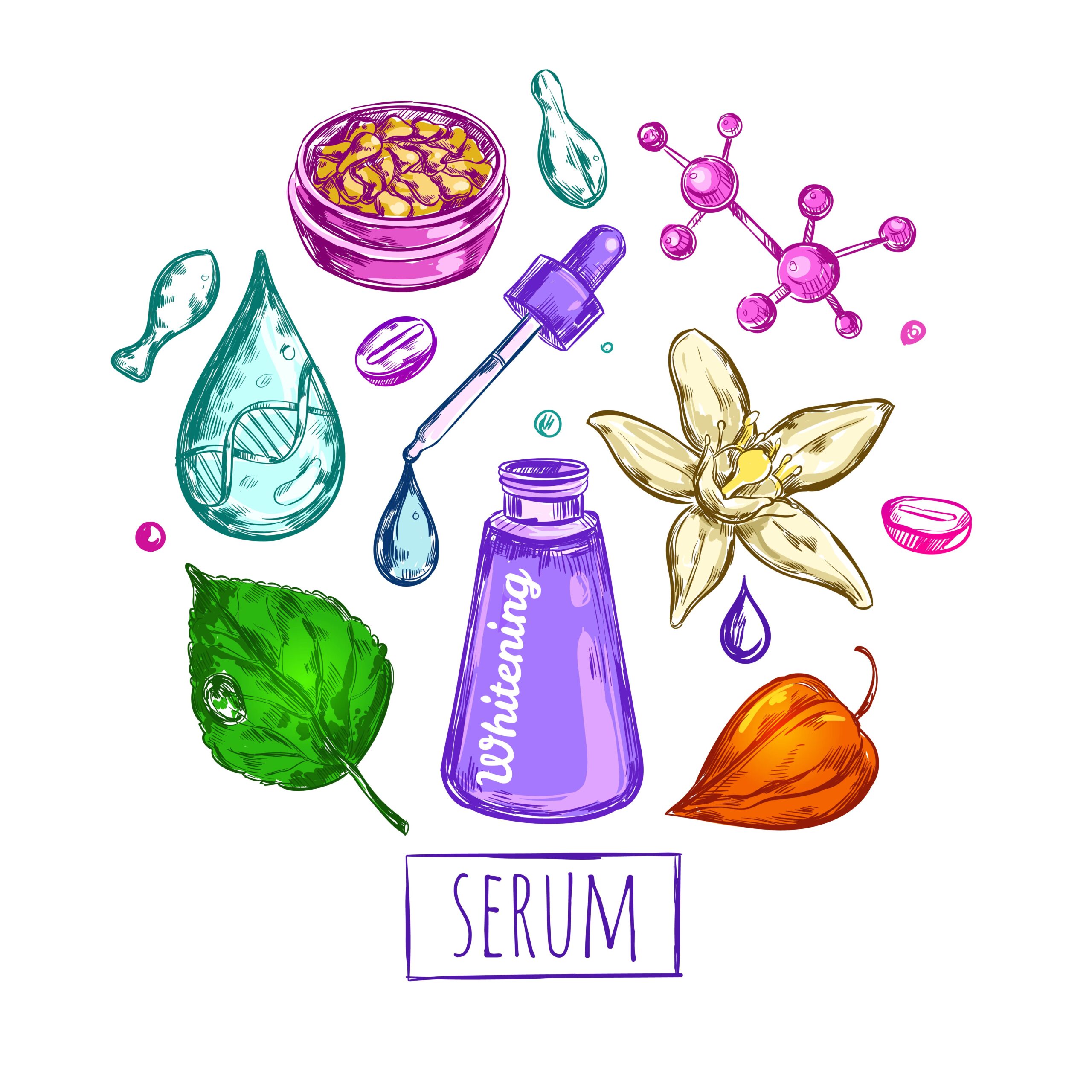
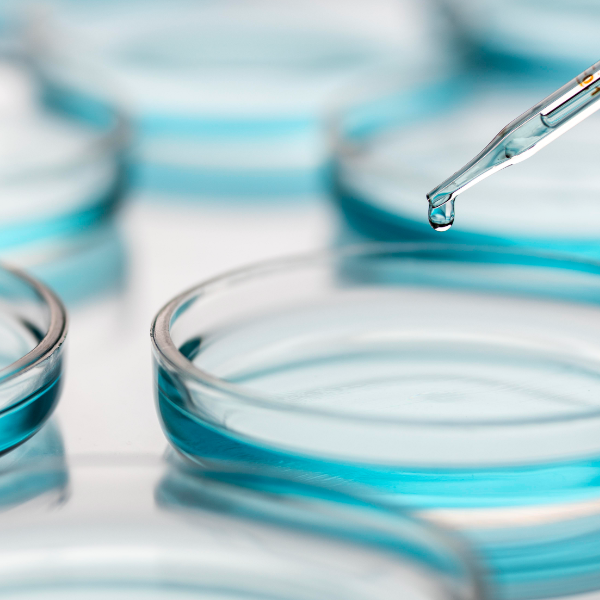
Add comment